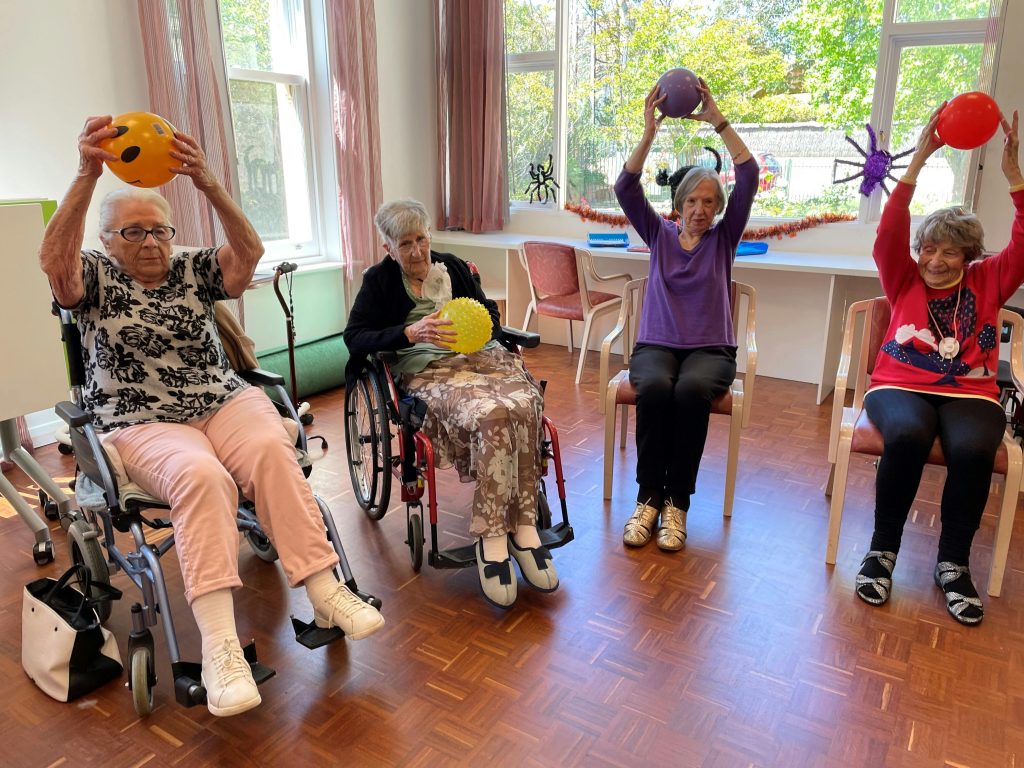Data analytics has become a game-changer in the realm of assisted living marketing. As the competition intensifies, it’s crucial for assisted living facilities to harness the power of data to attract more residents, optimize marketing strategies, and maximize occupancy rates. This article explores the key aspects of how data analytics can transform marketing for assisted living communities, from audience segmentation to performance optimization.
1. Understanding the Importance of Data Analytics
What is Data Analytics?
Data analytics refers to the process of collecting, processing, and interpreting data to make informed decisions. In marketing, it helps identify trends, target audiences, and refine strategies to drive results.
Why It’s Crucial for Assisted Living Marketing
In an industry where competition is fierce, understanding potential residents’ preferences and behavior is vital. Data analytics empowers assisted living facilities to:
- Identify trends in customer behavior.
- Track marketing efforts and optimize campaigns.
- Improve lead conversion by targeting the right audience.
- Increase occupancy rates by understanding the needs of prospective residents.
2. Types of Data Used in Marketing for Assisted Living Communities
Marketing for assisted living communities relies on a variety of data types. These include:
Demographic Data
Demographics such as age, income, location, and family status are critical for understanding your target audience.
- Age: Typically, adult children are the decision-makers for their parents.
- Income: Knowing the financial capabilities helps in pricing strategies.
- Location: Targeting geographically is essential for local advertising.
Behavioral Data
This data helps analyze how potential residents interact with your marketing channels, including website visits, email open rates, and social media engagement.
- Website interaction: Tracking user behavior on your website can indicate interest in specific services or amenities.
- Social media engagement: Likes, shares, and comments reveal which types of content resonate with your audience.
Psychographic Data
Psychographic data focuses on lifestyle, values, and preferences, helping marketers create more personalized campaigns.
- Interests and hobbies: Understanding these allows you to emphasize aspects of your community that align with residents’ lifestyles.
- Health preferences: Catering to health and wellness needs can be a key differentiator.
3. Key Benefits of Using Data Analytics in Assisted Living Marketing
Enhanced Audience Segmentation
Data analytics helps marketers divide their target audience into distinct segments based on demographics, behaviors, and psychographics. This enables:
- Personalized messaging that appeals to each audience segment.
- Higher engagement rates through relevant content.
- More precise targeting for digital advertising campaigns.
Improved Decision-Making
By analyzing the performance of past marketing campaigns, assisted living communities can make data-driven decisions that enhance their marketing strategy. Key performance metrics to monitor include:
- Cost per lead (CPL): The amount spent to acquire a new lead.
- Conversion rates: The percentage of leads that become residents.
- Return on investment (ROI): A measure of the financial return on marketing spend.
Optimized Marketing Spend
Data analytics provides insights into which marketing channels and strategies deliver the highest ROI. This allows facilities to allocate their marketing budget more effectively by:
- Investing in high-performing channels (e.g., Google Ads, Facebook Ads).
- Reducing spend on underperforming platforms.
- Testing and scaling new strategies that have the potential to perform well.
Enhanced Resident Experience
Data analytics also plays a key role in improving the resident experience, as it helps facilities tailor their services to meet residents’ needs and preferences. By tracking feedback and satisfaction scores, facilities can make informed decisions about:
- Which amenities to emphasize in marketing materials.
- How to improve facility operations based on resident feedback.
4. Practical Applications of Data Analytics in Assisted Living Marketing
Campaign Performance Tracking
Using tools like Google Analytics, assisted living marketers can track various metrics to evaluate their campaign’s success. Metrics include:
- Traffic sources: Identify whether visitors come from organic search, social media, or paid ads.
- Bounce rates: Measure how many visitors leave the site after viewing just one page.
- Goal completions: Track when a visitor submits a contact form or requests a tour.
| Metric | What it Measures | Why it Matters |
|---|---|---|
| Traffic Sources | Identifies where visitors are coming from | Helps refine marketing focus on effective channels |
| Bounce Rates | Measures how many visitors leave after one page | Indicates the relevance of landing pages |
| Goal Completions | Tracks when visitors complete specific actions (e.g., forms) | Shows how well your website converts leads |
A/B Testing for Campaign Optimization
A/B testing involves comparing two versions of a marketing campaign to determine which performs better. For assisted living marketers, A/B testing can be used to:
- Test different headlines for email campaigns.
- Optimize ad copy for digital ads.
- Refine call-to-actions on landing pages.
Predictive Analytics for Occupancy Forecasting
Predictive analytics uses historical data to predict future trends. In assisted living, this can be used to forecast:
- Occupancy rates for specific times of the year.
- Lead generation volume based on past marketing performance.
- Seasonal fluctuations in demand for assisted living services.
5. Challenges and Solutions in Using Data Analytics for Assisted Living Marketing
Challenge: Lack of In-House Expertise
Many assisted living facilities may lack the technical expertise to implement data analytics.
Solution: Outsourcing data analytics tasks to specialized agencies or hiring an experienced marketer can help overcome this barrier.
Challenge: Data Privacy Concerns
With stricter regulations on data privacy (e.g., GDPR), facilities need to ensure they handle data responsibly.
Solution: Implement robust data protection measures and stay compliant with privacy laws to build trust with prospective residents.
Challenge: Integration of Data Systems
Disparate data systems (e.g., CRM, website analytics, social media platforms) can make it difficult to get a holistic view of marketing performance.
Solution: Invest in integrated marketing platforms that bring all your data together in one place for easier analysis.
6. Future Trends in Data Analytics for Assisted Living Marketing
AI-Powered Analytics
Artificial intelligence (AI) will play an increasing role in data analytics, helping marketers automate tasks like audience segmentation and campaign optimization. AI can also help predict trends in resident preferences, making it easier to tailor marketing strategies.
Hyper-Personalized Marketing
Data analytics will enable even more personalized marketing efforts, with facilities delivering customized messages based on a resident’s specific interests, health needs, and preferences.
Conclusion
Data analytics is transforming how assisted living communities market their services. By leveraging insights from demographics, behaviors, and psychographics, marketers can optimize campaigns, attract more residents, and ultimately increase occupancy rates. To stay ahead of the competition, assisted living facilities must embrace data-driven marketing strategies and continue to refine their approach using the latest analytics tools and techniques.



